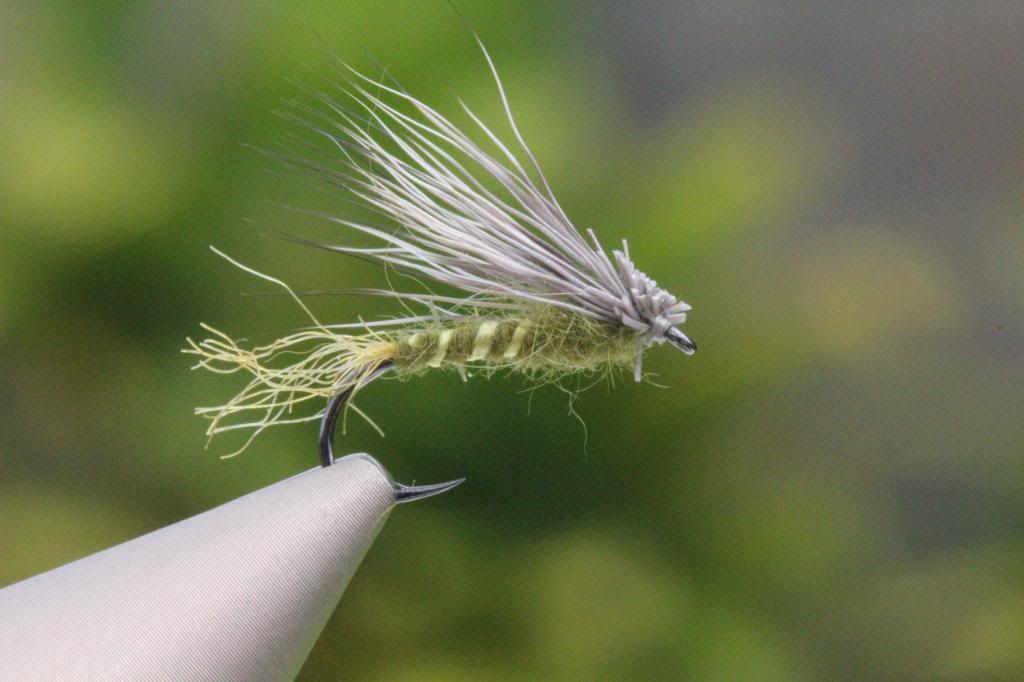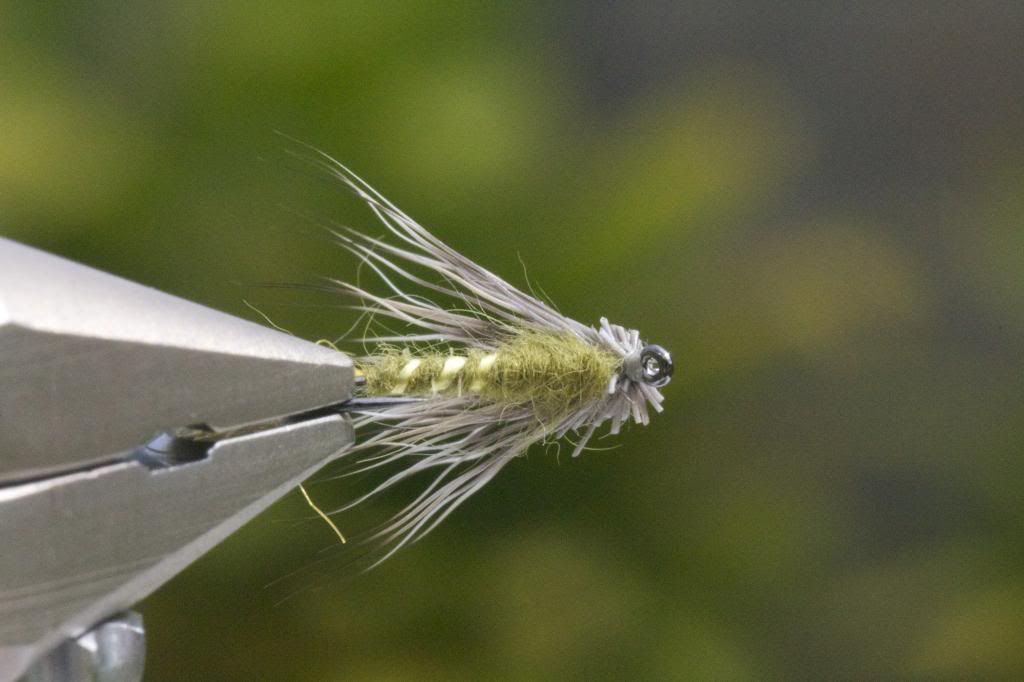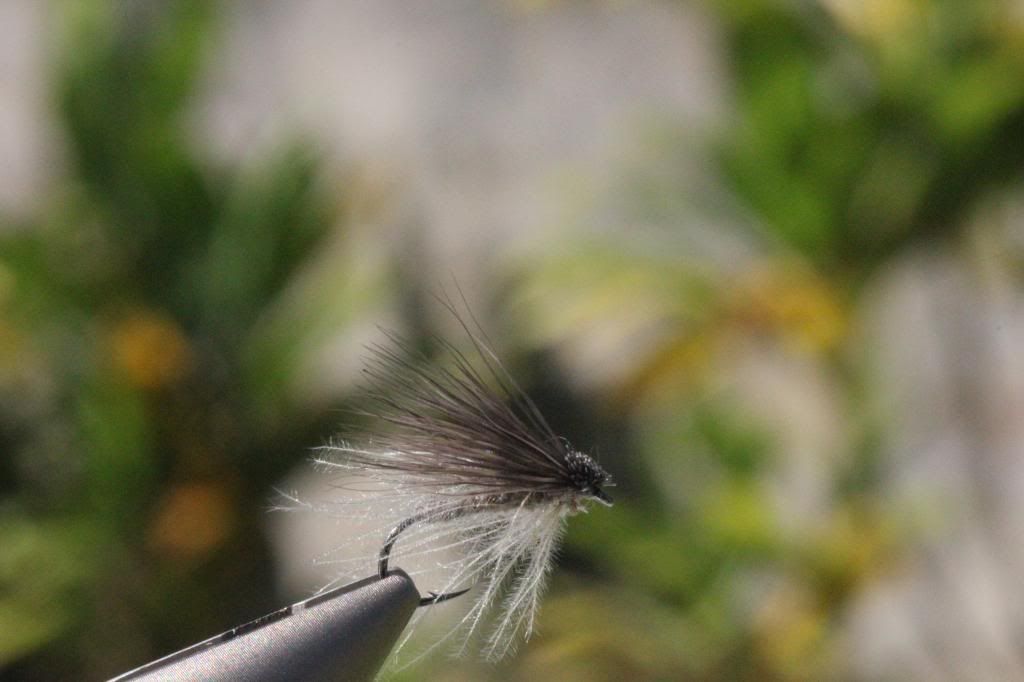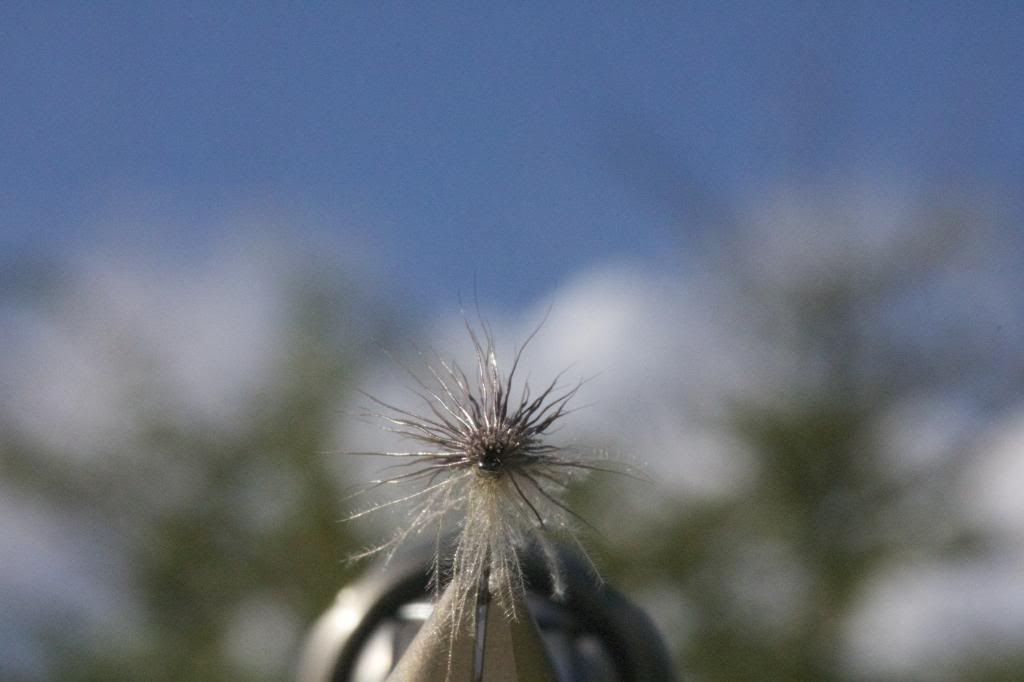A fishing friend (and many others) suggest, for example, that the X-Caddis can be taken as much for a mayfly as a caddis fly.
I think, to the extent this happens, the trout are taking the fly as a caddis even though there may not be caddis on the water. Caddis are somewhat ubiquitous during most of the mayfly hatching season.
I think that while an X-Caddis, dressed like a particular mayfly, may look to us a bit like a mayfly............
But, I think the telltale tent-like appearance from the trout's view pretty much identify it as a caddis pattern to the trout.
I know many, including my fishing friend will disagree, it is my belief. If I remember to do so, I will try to test this out this June/July. Problem is, when I am fishing to a mayfly hatch, I get too excited to start experimenting..........Know what I mean?






 Reply With Quote
Reply With Quote


